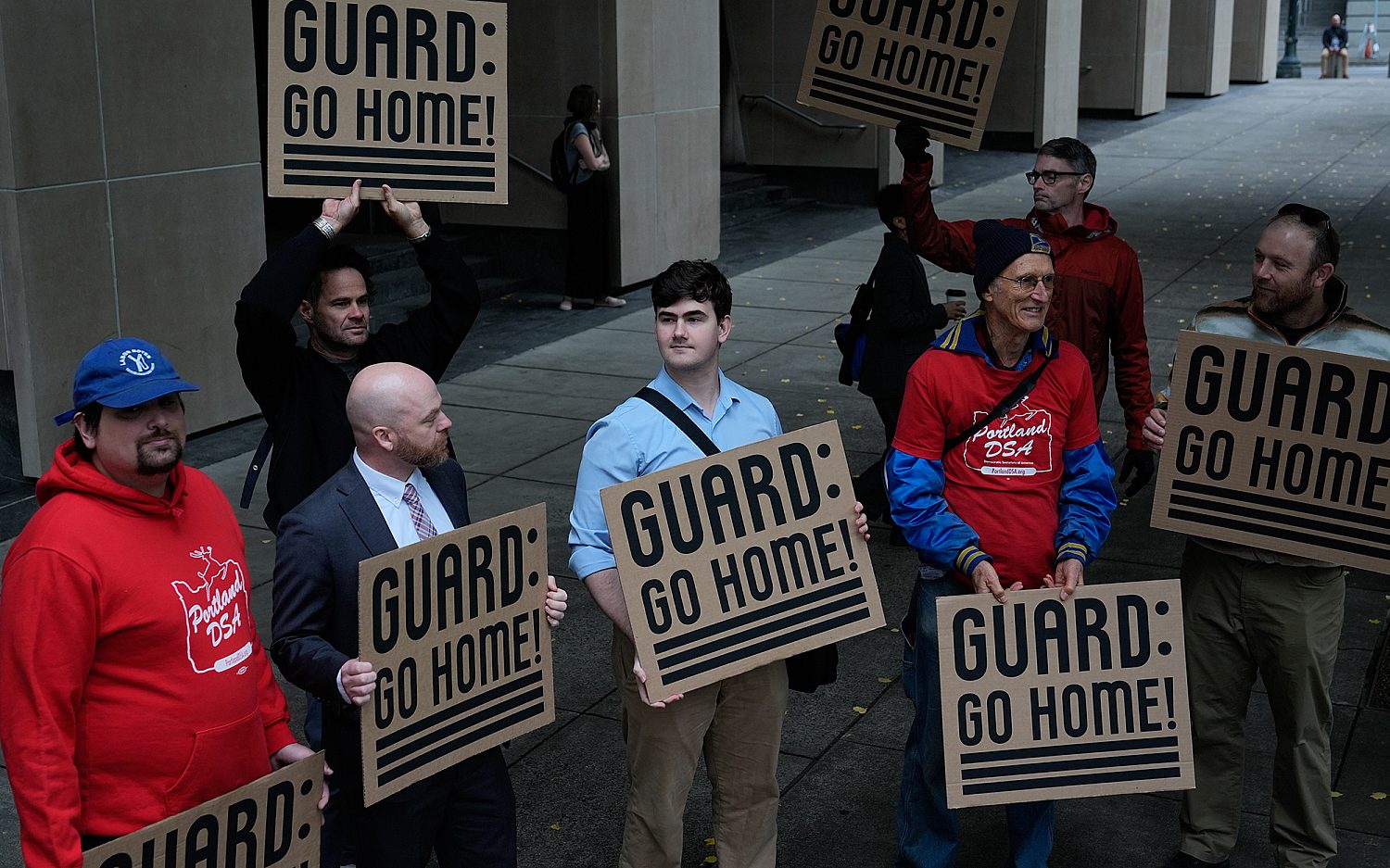Move over Google: Army has lock on driverless vehicles
The U.S. Army may soon need fewer truck drivers, even though it owns one of the world’s largest fleets of supply vehicles. The Army is developing and testing driverless trucks that can travel in tight convoys of up to 10 vehicles behind a lead vehicle with a driver.
“One vehicle drives and a number of vehicles can follow,” Paul Rogers, director of the Army’s Tank Automotive Research, Development, and Engineering Center (TARDEC) in Warren, Mich., told Automotive News. “You won’t need as many drivers. You see commercial truck operators trying similar platooning projects at highway speeds.”
Platooning occurs when truck drivers follow each other to take advantage of the aerodynamic effects of “drafting,” much as NASCAR drivers do during a race. But the trucks in a driverless convoy could be much closer together because of their ability to communicate with each other and the surroundings.
“Think of it as a train with no linkage in between,” Bernard Thiesen, technical manager for Autonomous Mobility Applique Systems at TARDEC, told the Detroit News in January. TARDEC showcased two retrofitted autonomous trucks at the North American International Auto Show.
As with most large organizations, manpower is a major expense in the military. And because truck drivers must always travel with an “assistant driver” for safety and backup, driverless trucks would eliminate two drivers, making the routine transport of supplies much more efficient.
But safety also is a major concern. Driverless trucks would reduce the exposure of soldiers to the risk of roadside bombs, which often are planted on regular resupply routes.
“We’re trying to protect our soldiers,” Thiesen said. “We wanted to provide them the greatest amount of stand-off distance from whatever the danger is.”
Michigan residents may see some of the Army’s driverless convoys on the public highways this summer. TARDEC plans to road test trucks equipped with both vehicle-to-vehicle and vehicle-to-infrastructure technology, according to Automotive News. A stretch of Interstate 69 will be equipped with transponders that will “talk” with the convoys, receiving data on speed and location and transmitting information on things like lane closures and traffic conditions.
But the Army isn’t the only one starting to use such technology. Dubbed “dedicated short range communications,” or DSRC, such vehicle-to-vehicle and vehicle-to-infrastructure communication will be available on both the 2017 Mercedes E-Class and Cadillac CTS sedans. But if no other cars feature DSRC, who will they talk to?
Some industry analysts think fleet operators like commercial trucking companies, emergency responders, and the U.S. Army should have been the logical first place to deploy DSRC technology, rather than individual car models.
“All of these alternatives might have created awareness and demand for the technology,” Roger Lanctot of Strategy Analytics told Automotive News. “Most car owners don’t understand what DSRC is.”
An actual newsletter worth subscribing to instead of just a collection of links. —Adam
Sign up to receive The Sift email newsletter each weekday morning for the latest headlines from WORLD’s breaking news team.




Please wait while we load the latest comments...
Comments
Please register, subscribe, or log in to comment on this article.